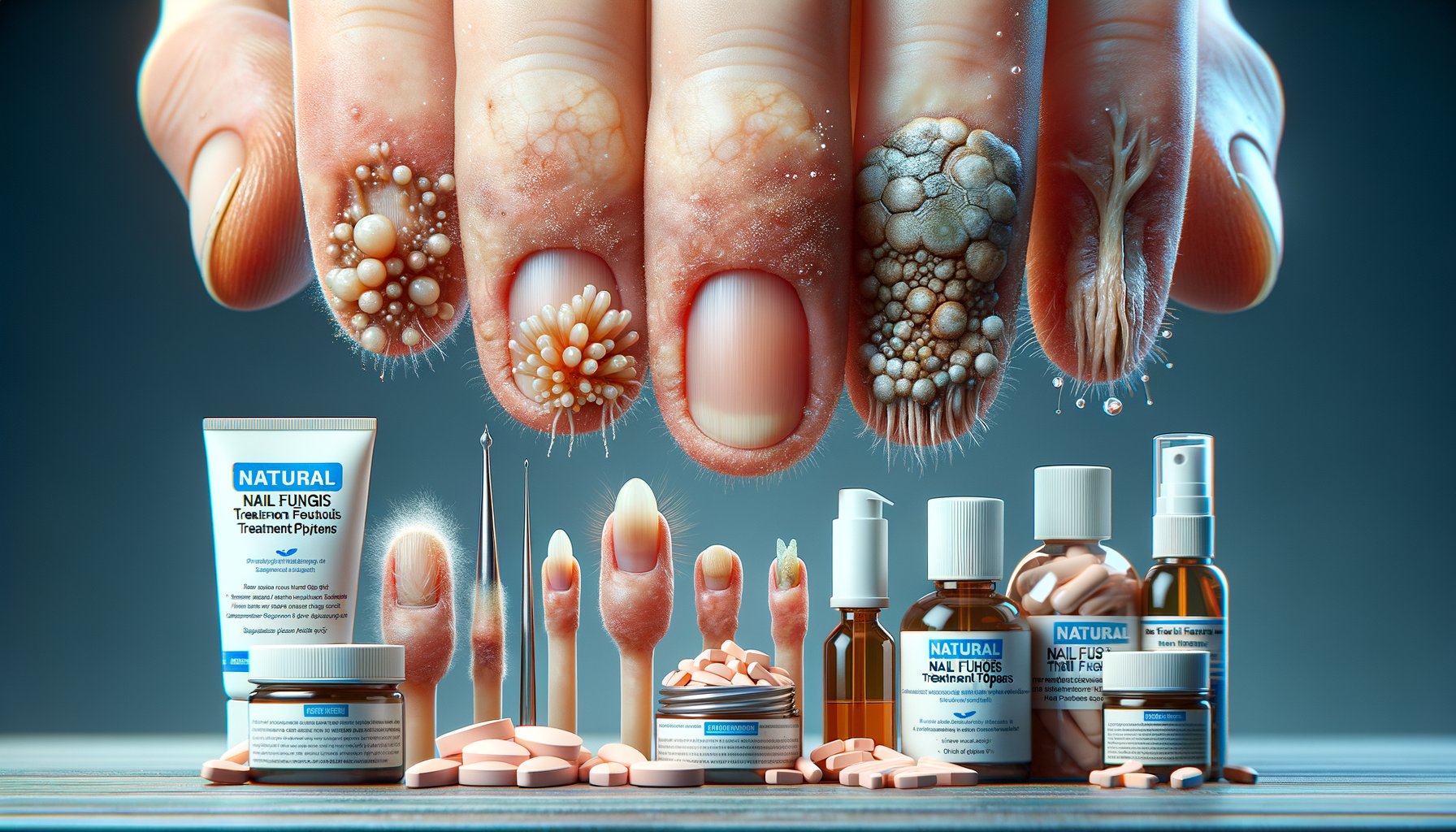Introduction to Nail Fungus
Nail fungus, medically known as onychomycosis, is a prevalent condition affecting many individuals worldwide. Characterized by discoloration, thickening, and sometimes crumbling of the nails, it can cause both physical discomfort and self-consciousness. Understanding the causes, symptoms, and treatment options can empower individuals to manage this condition effectively. Nail fungus is not merely a cosmetic issue; it can lead to pain and more severe infections if left untreated. The condition thrives in warm, moist environments, making communal showers and swimming pools common places for transmission. People with compromised immune systems or those with diabetes are particularly susceptible. In this article, we explore the various treatment options available, from over-the-counter solutions to professional medical interventions, to help you make informed decisions about managing nail fungus.
Causes and Symptoms of Nail Fungus
Nail fungus is primarily caused by dermatophyte fungi, but yeasts and molds can also be culprits. These organisms thrive in warm, moist environments, which is why they often affect toenails more than fingernails. Common symptoms include:
- Yellow or white discoloration of the nail
- Thickened nails
- Brittle, crumbly, or ragged nails
- Distorted nail shape
- Dark color caused by debris building up under the nail
- Foul odor
These symptoms can develop slowly over time, and initially, they might be subtle. However, as the infection progresses, it can lead to more severe nail damage and discomfort. Understanding these symptoms early can lead to prompt treatment, reducing the risk of complications. It’s also important to note that nail fungus can spread from one nail to others or even to the skin, causing athlete’s foot. Thus, early detection and treatment are crucial.
Topical Treatments for Nail Fungus
Topical treatments are often the first line of defense against nail fungus. These include antifungal creams, gels, and nail polishes specifically designed to penetrate the nail and eliminate the infection. Some of the active ingredients commonly found in these products include terbinafine, ciclopirox, and amorolfine. While topical treatments can be effective, they often require prolonged use to see significant results. This is because the medication needs to penetrate the nail to reach the underlying infection. It’s essential to apply these treatments consistently and as directed to maximize their effectiveness. However, topical treatments may not be sufficient for severe cases of nail fungus, where the infection has penetrated deeply into the nail bed. In such instances, a combination of treatments might be necessary.
Oral Medications and Medical Procedures
For more stubborn or severe cases of nail fungus, oral medications may be prescribed. These include antifungal drugs such as terbinafine and itraconazole, which help the body fight off the infection from within. These medications are usually taken for several weeks to months, depending on the severity of the infection. While effective, oral medications can have side effects, including liver damage and skin rashes, so they are typically reserved for more severe cases. In addition to oral medications, medical procedures such as laser therapy and surgical nail removal are options for treating nail fungus. Laser therapy uses focused light to destroy the fungus, while surgical removal of the nail allows for direct treatment of the nail bed. These procedures are generally considered when other treatments have failed.
Preventive Measures and Conclusion
Preventing nail fungus is often easier than treating it. Some effective preventive measures include:
- Keeping nails clean and dry
- Wearing breathable footwear
- Using antifungal sprays or powders in shoes
- Avoiding walking barefoot in communal areas
- Regularly trimming nails and maintaining good foot hygiene
In conclusion, nail fungus is a common yet manageable condition. With various treatment options available, from topical solutions to medical interventions, individuals can choose the approach that suits their needs and lifestyle. Early detection and consistent treatment are key to overcoming this condition and ensuring healthier nails. By adopting preventive measures, you can reduce the risk of developing nail fungus and maintain nail health. Remember, consulting with a healthcare professional is always advisable when dealing with persistent or severe nail fungus to determine the most appropriate treatment plan.








